Applying technology in verifying the identity of unknown martyrs
Currently, the country still has about 300,000 martyrs buried in more than 3,000 cemeteries with unidentified information, and nearly 200,000 martyrs have not been gathered. Prime Minister Pham Minh Chinh requested to speed up the progress of searching and gathering martyrs' remains, verifying information by empirical methods with graves lacking information in cemeteries.
The spirit of not letting heroes and martyrs be forgotten is the reason why the People's Public Security force has carried out a special mission: Collecting DNA samples from relatives of martyrs to build a National Gene Bank, creating a scientific database to compare and identify martyrs' remains.
The Ministry of Public Security has deployed a project to collect and analyze DNA samples of martyrs' relatives to identify the remains of martyrs with missing information, in accordance with the direction of the Government, the Ministry of National Defense and the National Steering Committee on searching for and collecting martyrs' remains.
This is a policy that is deeply humane, a noble gesture and full of responsibility of the People's Public Security Forces. The goal of this Project is to create a large database of DNA of martyrs' relatives, as a scientific basis for easier and more accurate comparison and searching for information on unidentified martyrs' remains.
Taking DNA samples from relatives of martyrs whose information has not been identified is the first step in preparing for the roadmap to search for and identify the remains of martyrs, implementing Government Project 06.
DNA samples of unidentified martyrs and all relatives will be examined and stored in the Gene Bank. This bank was established by the Ministry of Public Security, with the goal of identifying about 20,000 samples by DNA examination by 2030, and verifying 60% of martyrs' graves with missing information by empirical methods. All relatives of martyrs with missing information will be tested free of charge.
In 2024, the Gene Bank for Unknown Martyrs will officially come into operation, synchronizing data with the National Population Database. From here, the application of technology has opened up new opportunities for hundreds of thousands of "Unknown" martyrs to be "reunited" with their loved ones.
Through testing and decoding the genes of samples from martyrs' remains, about 10,000 "Unknown" martyrs' data have been updated in the Gene bank. To find their relatives, from July 2024, the Department of Administrative Management of Social Order, Ministry of Public Security, in coordination with the Ministry of Labor, War Invalids and Social Affairs (formerly), the sample collection unit, has deployed a peak of gene sampling of martyrs' relatives to organize appraisal and storage in the Gene bank. Accordingly, priority is given to taking samples from the biological mother and maternal relatives of elderly martyrs, because this is a direct gene according to bloodline, for high accuracy.
After reviewing, screening, and matching data between the Department of Home Affairs and the local police through exploiting the national database on population, the sampling process, the sample collection unit, and officers of the Department of Administrative Management of Social Order, the Provincial Police continued to check and compare information at the same time from the ID data reader. The samples were distinguished by separate barcodes attached to the data information of the sample taker and sealed carefully to avoid confusion.
Over time, the quality of martyrs' samples will decline, and the number of martyrs' immediate relatives will also decrease. Therefore, the journey to return their names is a race against time. There, the authorities and sample collection and gene decoding units are actively searching, collecting remains, and building a DNA database of martyrs and their relatives.
At the same time, establish technical standards for data matching, strive to have about 20,000 samples identified by DNA identification method by 2030 and 60% of martyrs' graves with missing information verified by empirical methods. This is a long journey full of humanity and determination.
Families who want to find the graves of martyrs through DNA samples should contact the Vietnam Association for Supporting Families of Martyrs. The Association will guide the procedures and introduce them to DNA testing units to perform the tests.
Vietnam Association for Supporting Families of Martyrs is headquartered at: No. 8 (Station 66, Ministry of National Defense), Nguyen Tri Phuong, Ba Dinh, Hanoi. Phone: (069) 552214; (04)37349563; Email: hhtgdlsvn@gmail.com.
Representative office in Ho Chi Minh City: No. 40/12-14, Bau Cat 1 Street, Ward 14, Tan Binh District, Ho Chi Minh City. Tel: 08.38495442; Fax: 08.38495442.
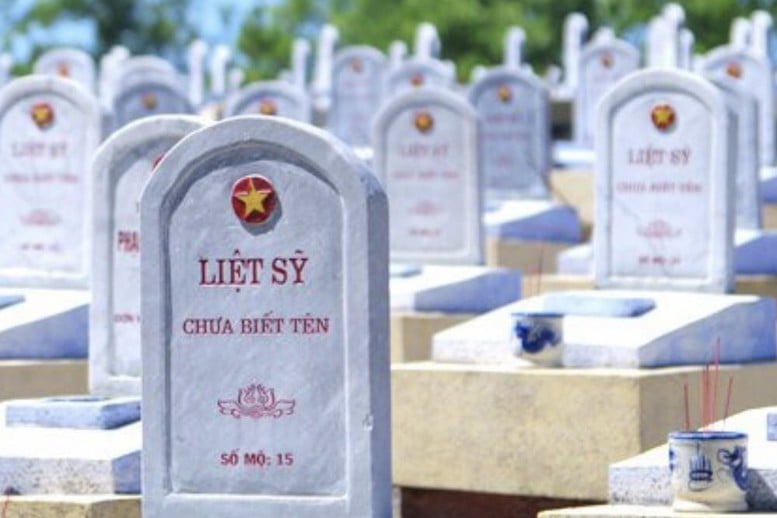
Nationwide, there are about 300,000 martyrs buried in more than 3,000 cemeteries whose information is unknown.
Address to find martyrs' graves
To find martyrs' graves, families can send information to the following agencies and units:
Electronic information portal on martyrs, martyrs' graves and martyrs' cemeteries: http://thongtinlietsi.gov.vn/tra-cuu. People can look up information on martyrs' graves and send information about martyrs here.
Policy Department, General Department of Politics (Ministry of National Defense): This is the agency responsible for receiving information about martyrs and martyrs' graves.
Provincial Military Commands, agencies, units, and localities assigned to search for and collect martyrs' remains: These units are responsible for receiving, checking, comparing, and processing information about martyrs and martyrs' graves.
Local Department of Labor, War Invalids and Social Affairs: The place that manages the original records of martyrs, can support relatives in searching for and visiting graves.
Vietnam Association for Supporting Families of Martyrs: Address at No. 8 (Station 66, Ministry of National Defense), Nguyen Tri Phuong, Ba Dinh, Hanoi.
In addition, families can refer to additional information sources at the National Public Service Portal: Address: https://dichvucong.gov.vn/p/home/dvc-chi-tiet-cau-hoi.html?id=19888&row_limit=1.
When searching for information on martyrs' graves, families should provide as much information as possible, such as name, date of birth, date of death, hometown, unit, place of death, and information about the cemetery (if known).
Instructions for looking up information on martyrs' graves online
The electronic information portal for martyrs http://thongtinlietsi.gov.vn has been put into operation and gradually become a useful channel, creating conditions for people and relatives of martyrs to access information on martyrs, martyrs' graves and martyrs' cemeteries more quickly and accurately, thereby reducing difficulties for many families in their journey to find their loved ones' graves.
The electronic information portal on martyrs, martyrs' graves and martyrs' cemeteries not only contributes to standardizing the database, but also shows gratitude to those who sacrificed for the country. Through the electronic information portal, the geographical distance between martyrs' relatives and martyrs' graves and martyrs' cemeteries is also significantly shortened.
In particular, relatives of martyrs who do not have the conditions to go to the martyrs' cemetery to visit their graves can go to the information portal to visit the martyrs' graves right at home, thereby contributing to easing the pain of war that is always present in the hearts of those who remain.
With the search functions on the portal, it can support people, especially relatives and comrades of martyrs, to monitor and look up all necessary information and images. In addition, the portal also has the function of contacting and receiving feedback from the martyrs' families, through which relatives and comrades of martyrs can provide relevant information to be transferred to competent units for receiving and processing.
In recent times, the portal has also received a lot of information related to martyrs from relatives and veterans across the country. Among them is a lot of valuable information provided by veterans about the location and time of their comrades' sacrifice during the war. This is also a useful information channel to help management agencies and relatives speed up the process of searching for martyrs' graves.
Instead of finding information about martyrs' graves through death certificates or management agencies like before, now, finding information about martyrs' graves can be done quickly online.
The steps to find martyrs' graves are as follows:
- Step 1: Access the Electronic Information Portal on martyrs, martyrs' graves and martyrs' cemeteries (link http://thongtinlietsi.gov.vn/tra-cuu)
- Step 2: Enter the required information
- Step 3: Click 'Search for martyr information' to get results
Note, if you only remember some information, the result will show all the martyrs based on the information the searcher requested in the database for the searcher's reference.
Phuong Lien
Source: https://baochinhphu.vn/nhung-dia-chi-tin-cay-day-nhanh-hy-vong-tim-kiem-mo-liet-si-102250728184603306.htm


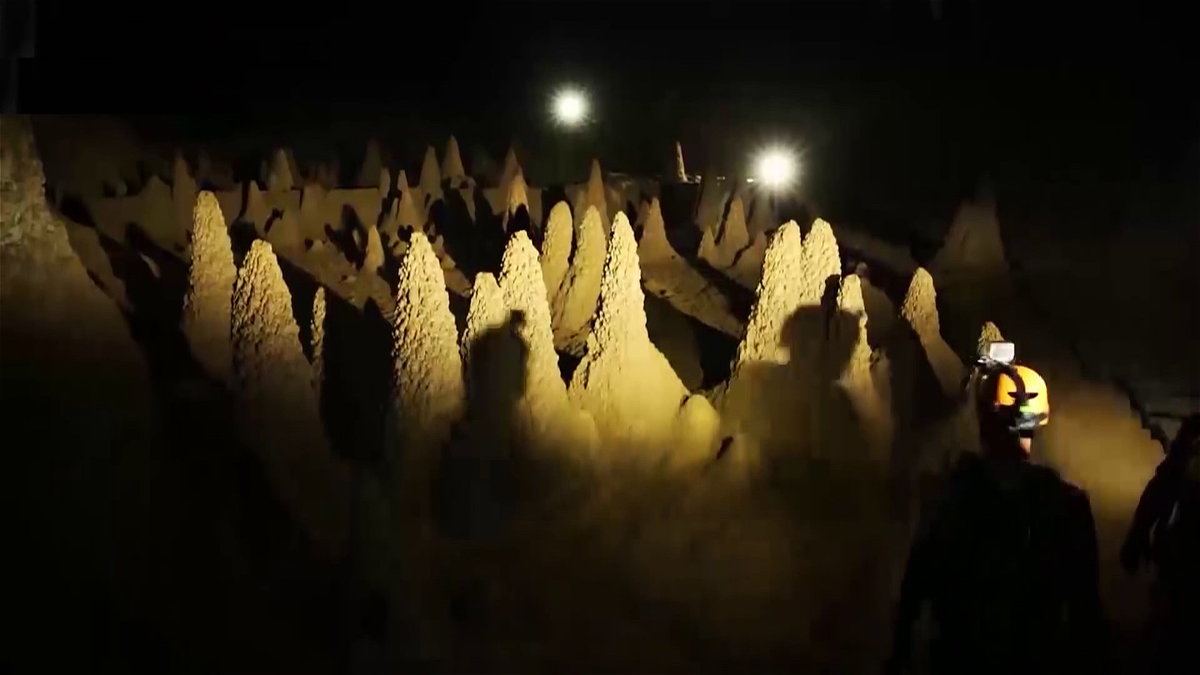
![[Photo] Prime Minister Pham Minh Chinh chairs the Government's online conference with localities](https://vphoto.vietnam.vn/thumb/1200x675/vietnam/resource/IMAGE/2025/10/5/264793cfb4404c63a701d235ff43e1bd)

![[Photo] Prime Minister Pham Minh Chinh launched a peak emulation campaign to achieve achievements in celebration of the 14th National Party Congress](https://vphoto.vietnam.vn/thumb/1200x675/vietnam/resource/IMAGE/2025/10/5/8869ec5cdbc740f58fbf2ae73f065076)


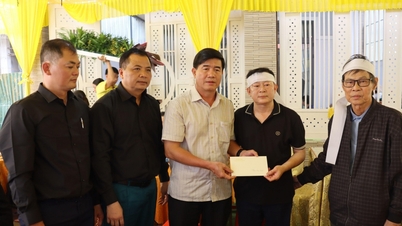

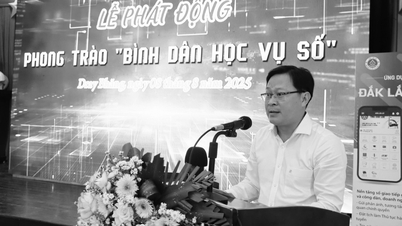
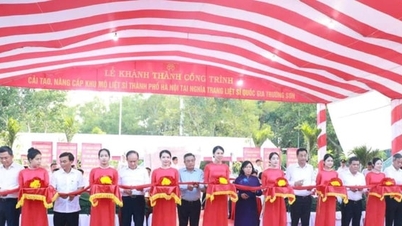

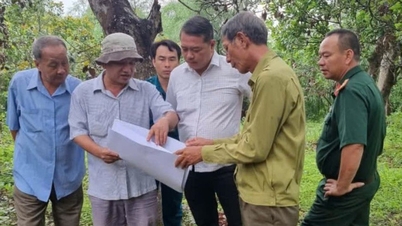



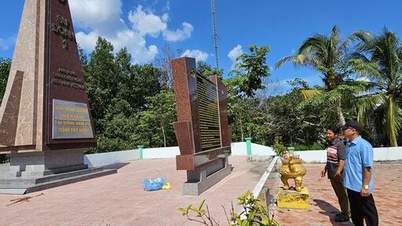









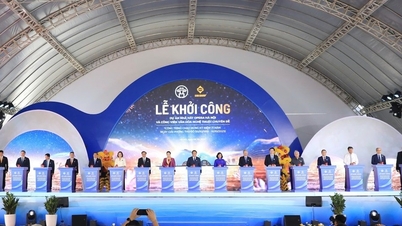





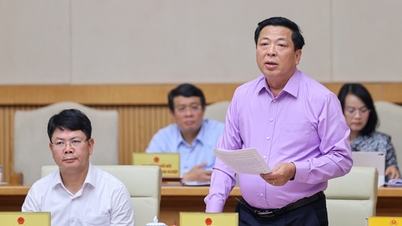
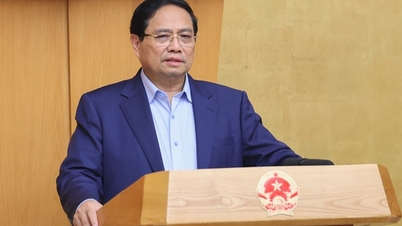
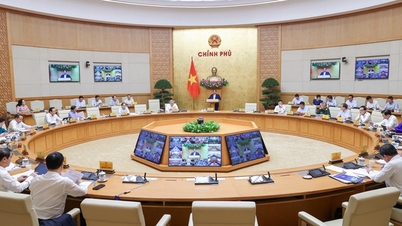
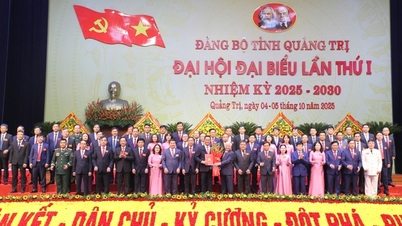
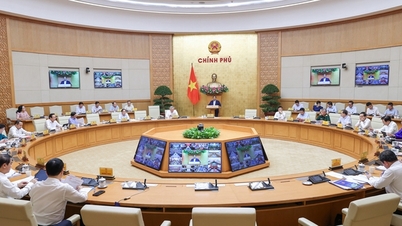
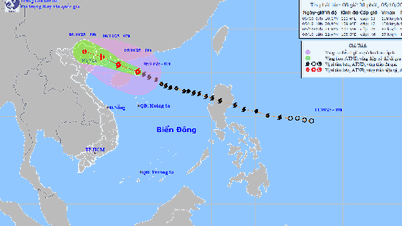


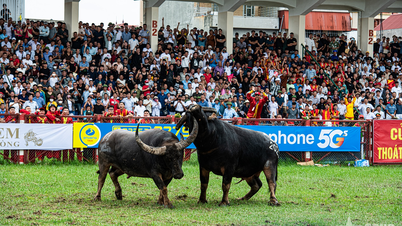


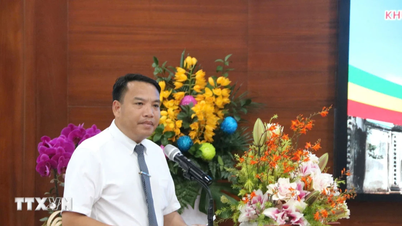
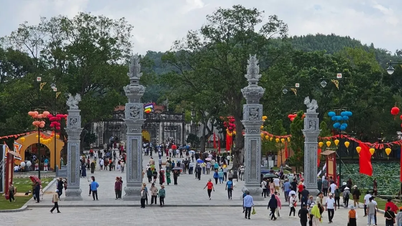
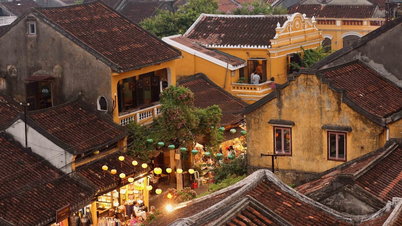
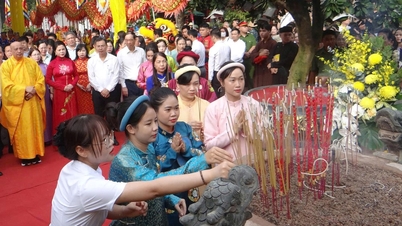
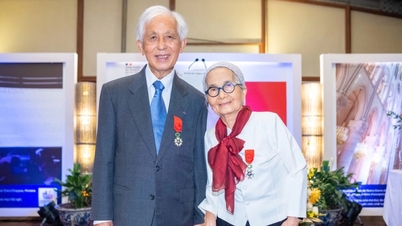



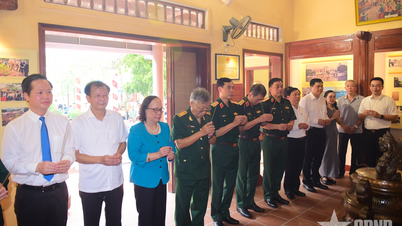
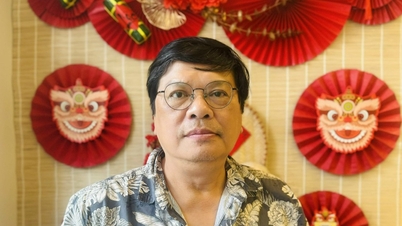




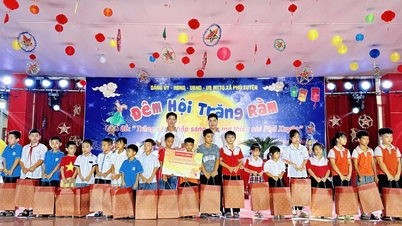

![[VIDEO] Summary of Petrovietnam's 50th Anniversary Ceremony](https://vphoto.vietnam.vn/thumb/402x226/vietnam/resource/IMAGE/2025/10/4/abe133bdb8114793a16d4fe3e5bd0f12)
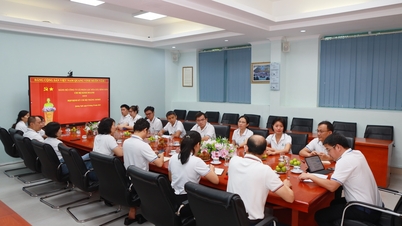
![[VIDEO] GENERAL SECRETARY TO LAM AWARDS PETROVIETNAM 8 GOLDEN WORDS: "PIONEER - EXCELLENT - SUSTAINABLE - GLOBAL"](https://vphoto.vietnam.vn/thumb/402x226/vietnam/resource/IMAGE/2025/7/23/c2fdb48863e846cfa9fb8e6ea9cf44e7)



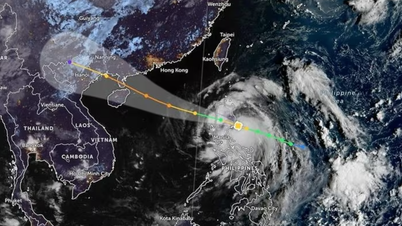
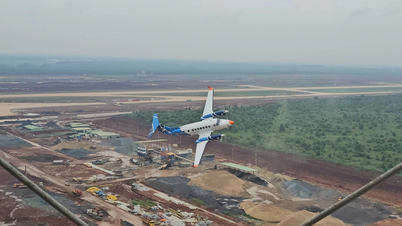
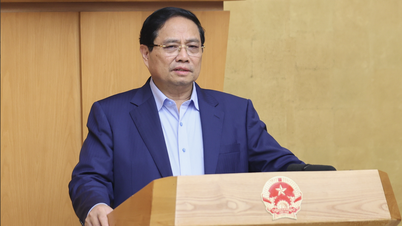

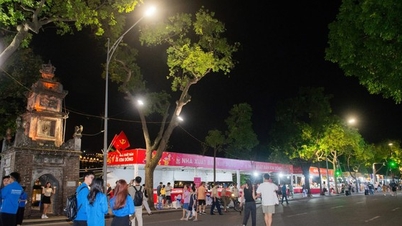

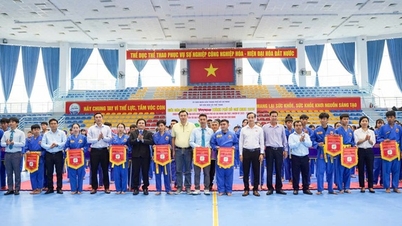

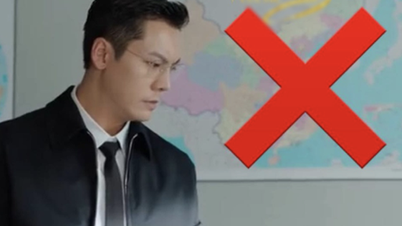
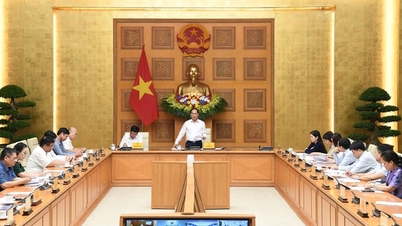

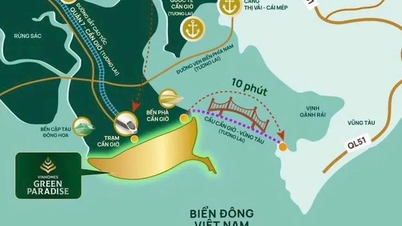
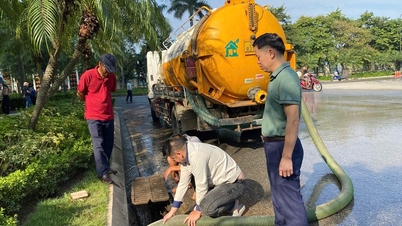


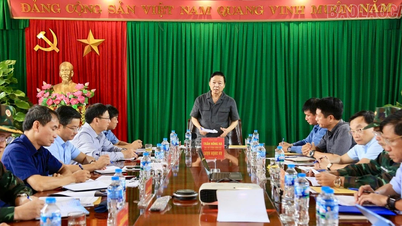

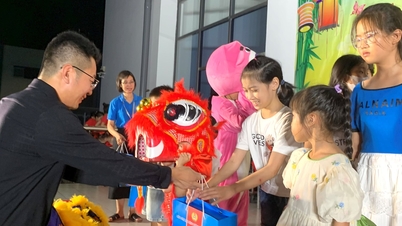



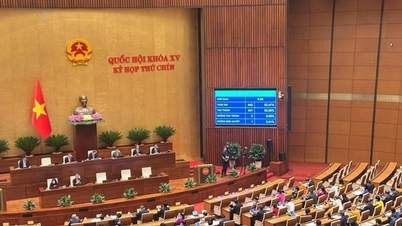







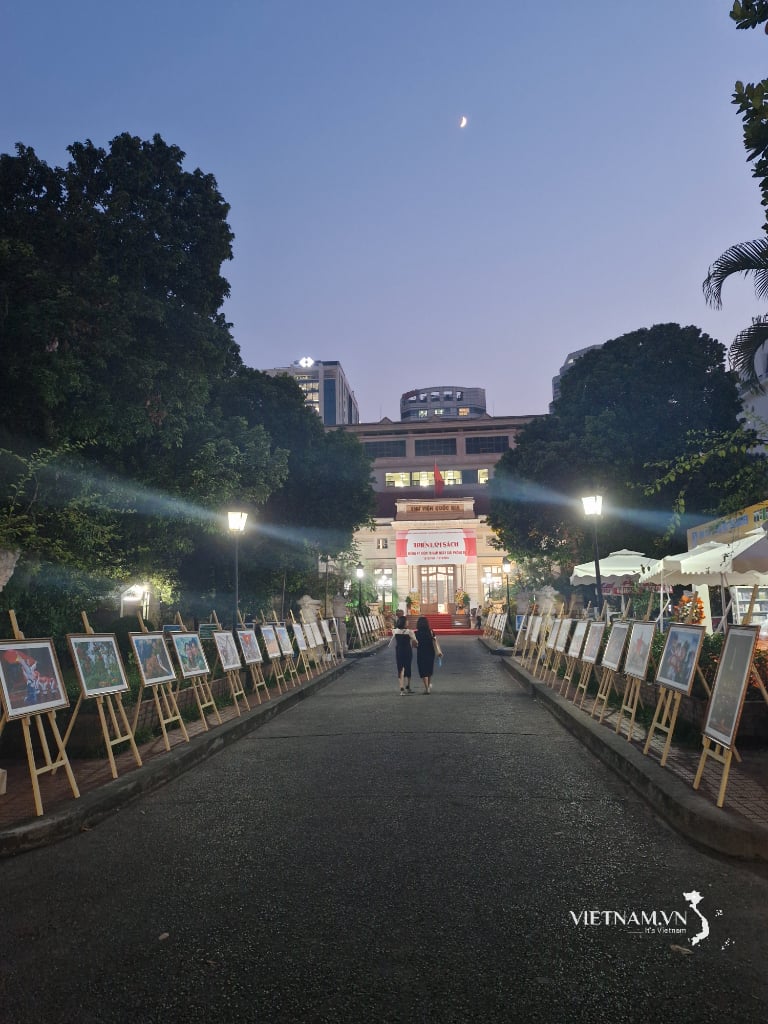


Comment (0)